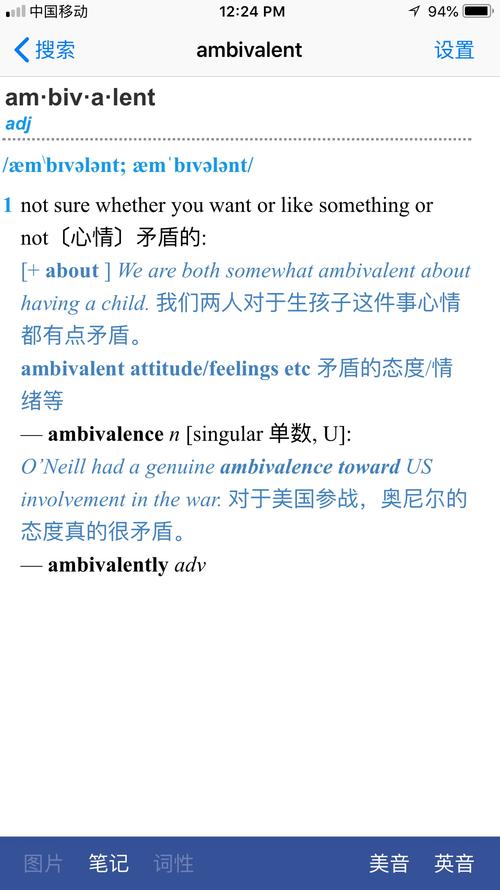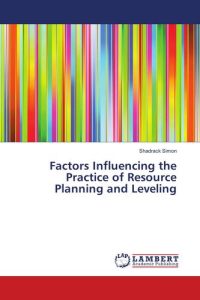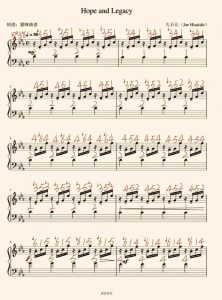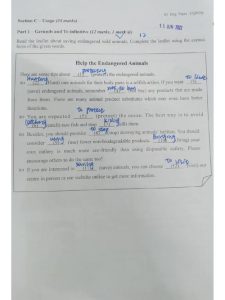Tone and Mood Examples: A Detailed Multidimensional Introduction
Understanding the nuances of tone and mood in writing is crucial for conveying the intended message and evoking specific emotions in your audience. By mastering these elements, you can transform a simple piece of writing into a powerful and engaging narrative. In this article, we will delve into the intricacies of tone and mood, providing you with examples and insights to enhance your writing skills.
What is Tone?
The tone of a piece of writing refers to the attitude or perspective of the author towards the subject matter. It can be formal, informal, serious, humorous, sarcastic, or any combination of these. The tone is conveyed through the choice of words, sentence structure, and overall style of the writing.
For instance, consider the following sentence:
“The annual company picnic was a resounding success, with employees from all departments coming together to enjoy a day of food, fun, and camaraderie.”
In this sentence, the tone is positive and celebratory, reflecting the author’s enthusiasm for the event.
What is Mood?
Mood, on the other hand, refers to the emotional atmosphere created by a piece of writing. It is the feeling or emotion that the reader experiences while reading the text. Mood is often influenced by the setting, characters, and events in the story.
Let’s take a look at an example:
“As the storm raged outside, the old house creaked and groaned, casting a dark shadow over the family’s dinner. The air was thick with tension and fear.”
In this passage, the mood is ominous and foreboding, setting the stage for a potentially unsettling event.
Examples of Tone and Mood

Below is a table showcasing various examples of tone and mood, along with their corresponding descriptions:
| Tone | Mood | Description |
|---|---|---|
| Formal | Respectful | Used in academic writing or official communications, conveying a sense of professionalism and respect. |
| Informal | Relaxed | Used in casual conversations or personal correspondence, creating a friendly and approachable atmosphere. |
| Humorous | Amused | Used to entertain or lighten the mood, often through the use of puns, sarcasm, or wit. |
| Sarcastic | Disappointed | Used to convey irony or sarcasm, often expressing a negative opinion or criticism. |
| Tragic | Sad | Used to evoke a sense of sorrow or melancholy, often in the context of loss or tragedy. |
| Excited | Enthusiastic | Used to convey excitement or anticipation, often in the context of a positive event or achievement. |
Combining Tone and Mood
It is important to note that tone and mood can be combined to create a more complex and nuanced effect. For example, a humorous tone can be used to create a light-hearted mood, while a sarcastic tone can evoke a sense of disappointment or frustration.
Consider the following example:
“Oh, what a delightful surprise! I just found out that my favorite coffee shop is closing down. What a fantastic way to start the day!”
In this sentence, the tone is sarcastic, while the mood is one of disappointment and frustration. The contrast between the tone and mood adds depth to the writing and makes it more engaging.
Conclusion
Mastering the use of tone and mood in your writing can greatly enhance the impact and effectiveness of your work. By understanding the differences between tone and mood, and how they can be combined, you can create more engaging and emotionally resonant narratives. So, the next time you sit down to write, take a moment to consider the tone and mood you want to convey, and let your words paint a vivid picture for your readers.





